When it comes to insuring commercial property in Australia, understanding the valuation process is key to ensuring adequate coverage. Accurate property valuation is the cornerstone of commercial building insurance, laying the groundwork for financial protection against potential losses or damages.
The Essentials of Commercial Property Valuation for Insurance
Property valuation for insurance purposes goes beyond estimating the current market value; it focuses on determining the potential cost to replace the building in the event of total loss. This figure is vital for setting the sum insured under a commercial building insurance policy.
Key Components of a Commercial Property Valuation
A comprehensive valuation includes several elements:
- Replacement Cost: The estimated cost to rebuild the property, including materials, labour, and design.
- Current Use Value: Assessment of the property’s value based on its current use, which could differ from other potential uses.
- Location Factors: The location’s impact on construction costs and the potential risks associated with the area.
- Code Upgrades: Consideration for any changes in building codes since the original construction that could affect rebuilding costs.
Why Accurate Valuations Matter
A precise valuation ensures that the insurance coverage will be sufficient to cover rebuilding costs without significant out-of-pocket expenses. Underinsurance can lead to substantial financial hardship, while over-insurance can result in unnecessarily high premiums.
The Valuation Process for Commercial Building Insurance
- Site Inspection: Valuers conduct a thorough inspection of the property to assess its condition and the quality of construction materials.
- Market Research: An analysis of the construction market and costs associated with materials and labour in Australia is undertaken.
- Risk Analysis: Assessment of location-specific risks such as natural disasters, which can influence insurance premiums and coverage requirements.
The Impact of Economic Changes on Valuation
Economic factors such as inflation, changes in the construction industry, and fluctuations in the property market can all affect the valuation of commercial property for insurance purposes.
Regular Reviews: Keeping Valuations Up to Date
Valuations should not be a one-time event. Periodic reviews are essential to ensure valuations remain accurate over time, reflecting changes in building costs and regulations.
The Role of Professional Valuers
Professional valuers bring expertise and an understanding of the nuances involved in commercial property valuation. Their assessments provide the basis for determining appropriate insurance coverage.
Navigating the Complexities of Commercial Building Insurance
Commercial building insurance can be complex, and understanding the terms, conditions, and exclusions is crucial. Property owners should work closely with their insurance providers to understand how valuations affect their policies.
Crafting a Comprehensive Insurance Policy
A well-crafted insurance policy considers all aspects of the commercial property’s value and the specific needs of the business operating within it.
Leveraging Valuation for Optimised Insurance Coverage
Ultimately, leveraging accurate and up-to-date property valuations is vital for optimising insurance coverage. It provides a safeguard against the financial impact of unforeseen events, ensuring that commercial properties are protected in line with their true value.
By delving into the essential role of property valuation in commercial building insurance, property owners and insurance professionals alike can better navigate the intricacies of securing suitable coverage. Accurate valuations are the bedrock of sound insurance practices in the Australian commercial real estate market, ensuring that properties are adequately insured according to their worth and replacement costs.





